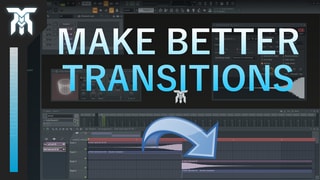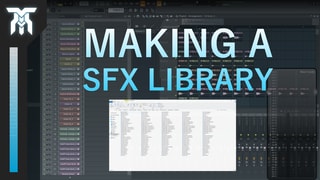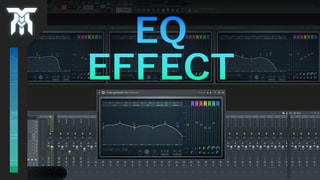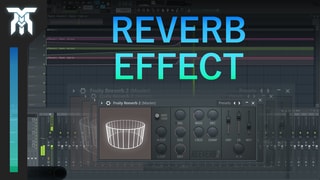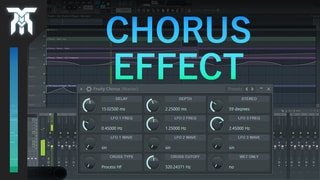Updated: May 31, 2019
Share!
Sound Design Tips For Beginners
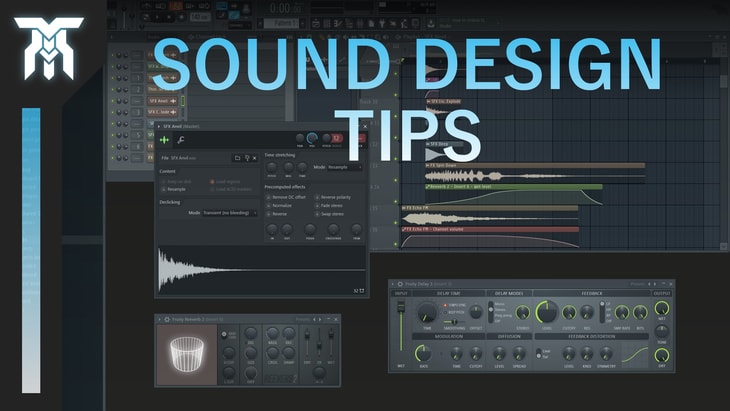
These easy sound design tips are great if you're new to sound design or want to know some different approaches to it. These will help you get the results your after, whether it's sound for video games, film, or music production.
This sound design tutorial will dive into some of the techniques you can use to design better sounds, and everything here can be applied in any DAW that has at least basic stock plugins.
Sound Design Software
First, let's go over some of the most important effects that a sound designer can take advantage of when creating unique sounds.
Phaser
The first effect I want to talk about is Phasing. Using a phaser effect can help create a dynamic progression for your drones or longer sounds. This creates movement in the frequencies played by moving a filter automatically.
Learn all about Phaser effect parameters and techniques
Chorus
Adding a chorus effect to electrical sounds and drones can really thicken up the dynamic range, filling up your sounds to make them seem bigger than they were before.
Learn all about Chorus effect parameters and techniques
Distortion
Using a bit-crusher or saturation effect can make something sound much more vibrant in the higher frequencies, helping you fill up the dynamic range of a sample. These types of effects can also help with designing pseudo-chiptune sounds. Essentially low-bit sounding but not truly 8 or 16 bit.
Learn all about the different types of Distortion and techniques
Reverb
Adding a reverb to you're effect chain can make a completely different sound out of what you have already. Now, this may seem like a completely obvious solution, but using reverb can not only add depth and a feel for the environment around the sound, but it can also give a sound an ambient or hollow feel.
Learn all about Reverb effect parameters and techniques
Sound Design Techniques
Now, with those important audio effects on the table, let's move onto some easy sound design techniques to get the hang of when dealing with your sounds.
Layering
Taking multiple sound effects and forming them into one by positioning them correctly can really make a sound much more powerful. Pay attention to the frequencies of each sample and try to find ones that complement each other by filling different parts of the spectrum.
Time Manipulation
Stretching or squishing a sample's original time can result in some pretty weird sounds. By stretching you can get ambiance and texture while squishing can make it glitchy or electronic. Reversing a sample can be used to build up to another one or really any situation.
Automation
Changing certain parameters over time automatically is a powerful way to introduce a new perspective on your sounds and can help match it to events on screen. Some common things to change with automation are volume, panning, pitch, and frequencies. You can even automate the intensity of plugins that affect your samples to give them more motion.
Bonus
Now, I've got a bonus tip for you. When designing sounds it's important, but not critical, to get high-quality samples to work with. By using something that sounds good from the get-go, you'll have an easier time in the studio. Not only does using SFX from free or paid libraries get the job done faster, but it can spark creativity otherwise passed by.
Having all of this to work with now is hopefully going to benefit you when heading into your next project. If you enjoyed these easy sound design tips for beginners, share it with someone you know that’s starting out with making music or designing sound effects! Thanks for reading.
Featured Post
Share!
Join the newsletter for free stuff and some knowledge too!
Everything you need. No Spam. A heads up before others do.




